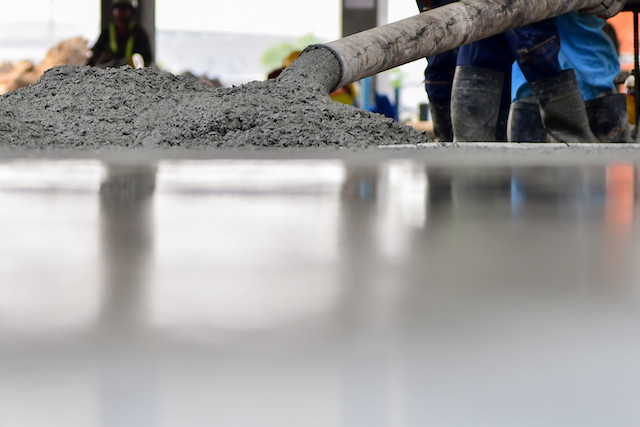When professor Danièle Waldmann from the University of Luxembourg supervised construction of part of Luxembourg’s Aerdschëff, a learning centre made from repurposed materials, she learned a hard lesson--concrete is difficult to substitute. “The construction industry will always need concrete. Even if we don’t like it,” she says. High-rise construction needs concrete-reinforced foundations and supports to be stable.
But the natural sand used to make cement has become the most consumed raw material globally after water. This demand has led to a scarcity that is driving up prices, fuelling a lucrative black market and illegal mining.
“It’s why we have to make concrete greener, by substituting materials,” Waldmann says. As part of the inter-regional Seramco (secondary raw materials for concrete products) consortium, her team is working on one solution--recycled cement. Three Luxembourg post docs and seven PhD students are testing concrete made from different concentrations of recycled aggregate of known origin provided by Chaux de Contern, a Luxembourg concrete firm. This material is derived from preformed concrete structures that have not passed quality controls.
The findings help innovators better understand the behaviour and drawbacks of using high volumes of recycled concrete, in particular how residual water from the original material can leave fissures that will worsen with exposure to weather. “For preparing outside elements this creates problems. If you limit [aggregate] additions to 20-30%, the rest are virgin new raw materials, you can nearly do everything you’d do with normal concrete,” the professor explained.

2018 archive photo shows the construction site of the Jean Monnet II building in Kirchberg. In future it will be possible to map volumes of concrete and their age in developments in the grand duchy. Photo: Matic Zorman
The consortium had hoped to build some landmark projects with the 100% recycled concrete to raise awareness in each city where members are present. “This was a bit ambitious,” Waldmann explains, adding: “The [construction] norms and standards don’t allow for this amount.” In the end, their showcase was limited to a simple wall on a motorway in France.
Concrete mapping
In future, recycled concrete is likely to be more commonplace in construction but since it is a heavy material, Waldmann points out the importance of proximity to the market. That is why her team is forecasting and mapping concrete volumes and their age in new developments in the grand duchy now and in future. “This helps us to do a forecast and predict waste generation in future in Luxembourg.”
Her team is also working on a European collaboration with engineering and architecture academics on fully circular concrete construction, reusing whole components “where we try to prepare constructions at design stage or later deconstruction after.”
Catch the Seramco conference “Precast concrete in the circular economy” on 20 January to find out more about precast concrete production and the recycling industry.
